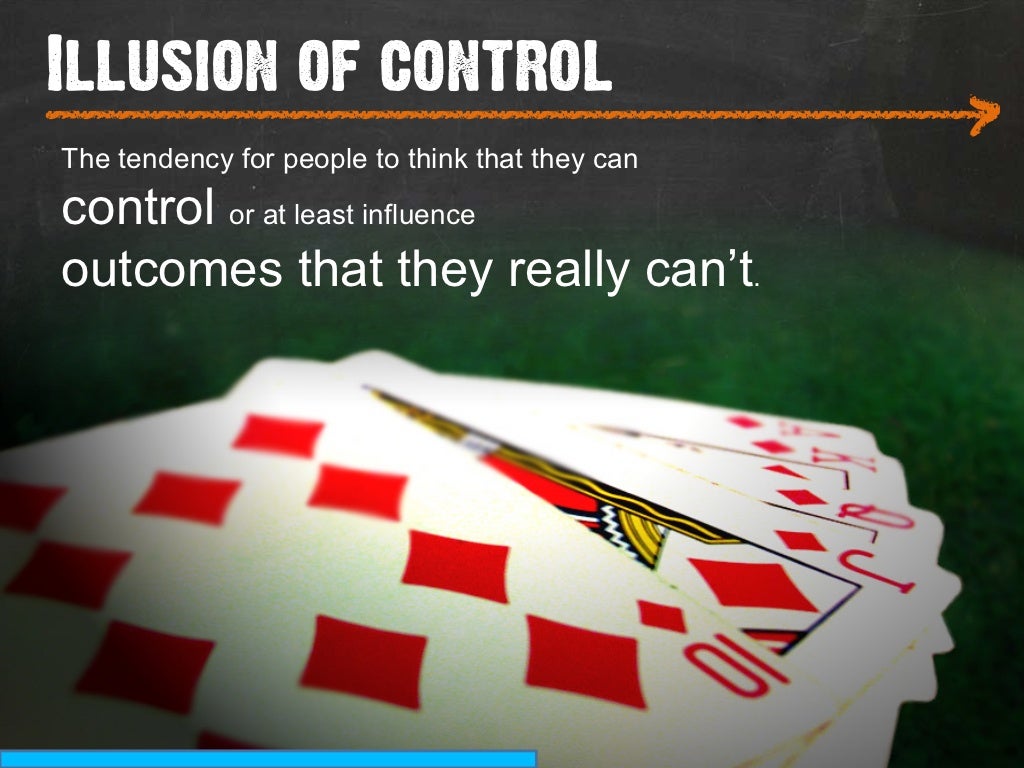

Self-other judgments and perceived vulnerability to victimization. Woman Abuse: Facts Replacing Myths, Sage, Beverly Hills, CA. Motivational Interviewing: Preparing People to Change Addictive Behavior, Guilford Press, New York. Stress, Appraisal and Coping, Springer Press, NewYork. Health status, perceptions of risk, and prevention interest for health and nonhealth problems. (eds.), Motivational Interviewing: Preparing People to Change Addictive Behavior, Guilford Press, New York, pp. Motivational interviewing and the maintenance of change. Working Together to End Domestic Violence, Mancorp, FL. When Men Batter Women: New Insights into Ending Abusive Relationships, Simon & Schuster, New York. Profile and strategies of women who have ended abuse. Battered women leaving shelter: Which way did they go? J. Violence Within the Family: Social Psychological Perspectives, Westview Press, Boulder, CO. (eds.), Treatment of Family Violence: A Sourcebook, John Wiley & Sons, New York. The barriers model: An integrated strategy for intervention with battered women. Battered Women as Survivors: An Alternative to Treating Learned Helplessness, Lexington Books, Lexington, MA.

Deliberative and implemental mindsets: Cognitive tuning toward congruous thoughts and information. Effects of deliberative and implemental mindsets on illusion of control. (eds.), Future Interventions with Battered Women and Their Families, Sage, Thousand Oaks, CA, pp. Battered women's strategic response to violence: The role of context. Safety Planning with Battered Women: Complex Lives/Difficult Choices, Sage, Thousand Oaks, CA.ĭutton, M. Optimism and unrealistic optimism have an interacting impact on health-promoting behavior and knowledge changes. Understanding Violence Against Women, National Academy Press, Washington, DC.ĭavidson, K., and Prkachin, K. It Could Happen to Anyone: Why Battered Women Stay, Sage, Thousand Oaks, CA.Ĭrowell, N. The clinical implications of these findings are discussed.īarnett, O. Further, the magnitude of the optimistic bias was significantly greater among women expressing high certainty about their decision to leave than among women who expressed less certainty. As hypothesized, battered women's perceptions of personal risk for returning to the batterer were biased by unrealistic optimism specifically, personal risk was estimated as significantly lower than the risk of most battered women and was not correlated with actual risk factors. Participants' subjective estimates of their own risk of returning to the batterer were examined relative to their perceptions of the likelihood that most battered women will return to the batterer, their certainty regarding the decision to leave the batterer, and their status on known risk factors for returning to an abusive relationship.
#Unrealistic optimism persuaion series#
Seventy female residents of an urban domestic violence shelter were interviewed to examine a series of hypotheses concerning two factors relevant to the process of leaving an abusive relationship: risk assessments and decision-certainty.


 0 kommentar(er)
0 kommentar(er)
